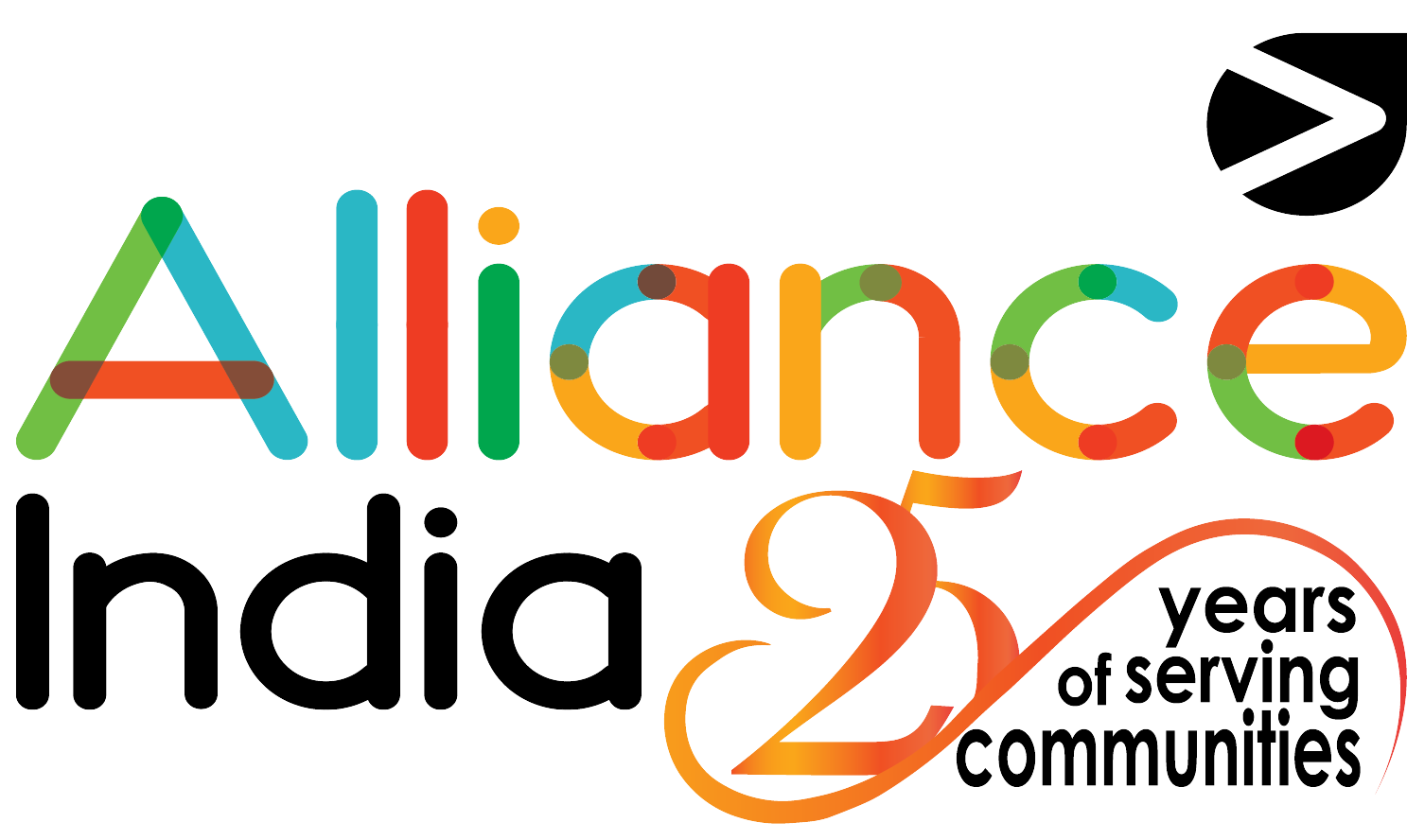Verbal screening of TB for at-risk populations – A case study
Tuberculosis poses a huge public health challenge in India, with an estimated 2.3 million incident cases of TB occurring every year. It is estimated that between 5% and 6.4% of incident TB cases in India occur in people co-infected with HIV. In 2010, an estimated 41,500 people living with HIV were co-infected with TB, the second-highest national caseload in the world after South Africa. This is particularly significant considering that India alone accounts for 49% of all cases of HIV in Southeast Asia.
In light of the magnitude of the problem that TB presents for people with HIV, the WHO recommends intensified screening for symptoms of TB among HIV-infected individuals. Evidence shows that symptom-based TB screening, which looks for chronic cough, fever, night sweats, and weight loss, is a reliable method to identify TB in HIV-positive adults. Early diagnosis and treatment of TB co-infection in people living with HIV is critical to reducing TB morbidity and mortality, and may lower the rate of TB transmission as well.
India HIV/AIDS Alliance, the lead partner in the Avahan India AIDS Initiative in Andhra Pradesh, introduced verbal screening for TB. These screenings were conducted at the service delivery level by peer educators responsible for HIV and sexually transmitted infection (STI) prevention outreach. Activities that focused on integrating verbal TB screening into HIV and STI services were then initiated. Symptom-based verbal TB screenings were performed for key population members in the field and at STI clinics. Those suspected of having TB were sent to referral clinics for treatment.
During the three-year implementation period, 2008–2010, an annual average of 53,749 key population members, consisting of female sex workers, men who have sex with men, and transgender people, received at least one type of service from the project, i.e. HIV, STI, or TB prevention, treatment, or care. On average, 88% of service recipients were screened verbally for TB every year. In addition to this, peer educators provided a total of 35,086 referrals to STI clinics following verbal TB screening during the implementation period.
This case study by Alliance India demonstrates the need for TB screening among key populations, and presents lessons learnt from the implementation of a verbal TB screening programme. You can read the study here.
————–
The author this post, Dr. M. Ravikanth, is Documentation and Communication Specialist, India HIV/AIDS Alliance, Andhra Pradesh.
The Avahan India AIDS Initiative (2003-2013) is funded by the Bill & Melinda Gates Foundation. The programme aims to reduce HIV transmission and the prevalence of STIs in vulnerable high-risk populations, specifically female sex workers, MSM, and transgenders, through prevention education and services such as condom promotion, STI management, behavior change communication, community mobilization, and advocacy. Avahan works in six states, and Alliance India is a state lead partner in Andhra Pradesh.
Other Recent Articles
- Youth Voices: Life with HIV in Contemporary India 26 September, 2023
- Empowering Transgender Community to create an Equal World 20 July, 2023
- Combating Stigma and Discrimination Among People Living with HIV 7 July, 2023
- Understanding the Significance of HIV Testing: Impact on Individuals, Relationships, and Society 22 June, 2023
- Empowering Lives during Unrest l Our Commitment to Manipur 5 June, 2023
- Empowering the Transgender Community: Alliance India Initiates Transgender ID Card Registration Drive 17 May, 2023
- The Struggle of Embracing Identity- International Day Against Homophobia, Transphobia and Biphobia 17 May, 2023
- Innovaccer Provides Support to Ensure Quality Health Services to Children Living with HIV 5 May, 2023
- The Essential Role of Social Protection Schemes for People Living with HIV 13 April, 2023
- Marriage is only between a biological male and biological female,” Centre tells Supreme Court 14 March, 2023
- Made by Nicdark - Copyright 2020
- donations@ong.com
- volunteers@ong.com
- contact@ong.com
India HIV/AIDS Alliance (Alliance India)
A not-for-profit Section 8 Company with Registration No: U85310DL1999NPL098570
Contact
-
6, Community Centre
Zamrudpur Kailash Colony Extension
New Delhi – 110048 - +91-11-4536-7700
Download
Quick links
©2021 All Rights Reserved by Alliance India



Leave a Reply